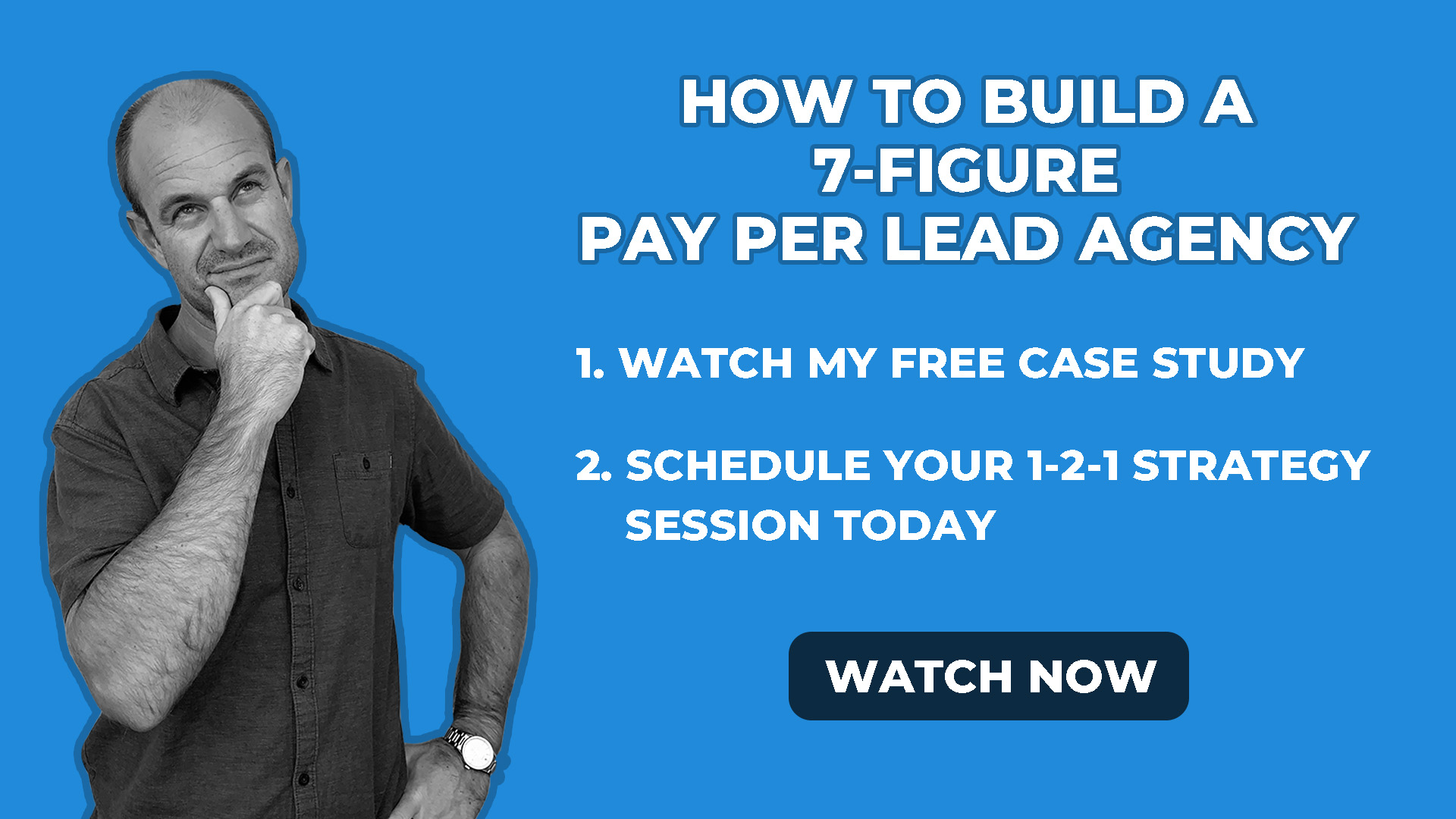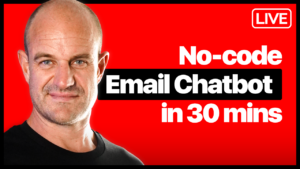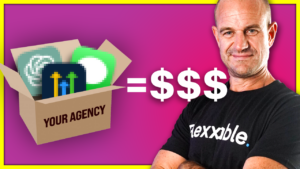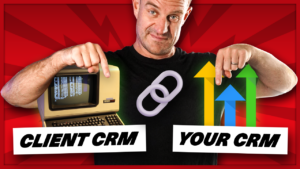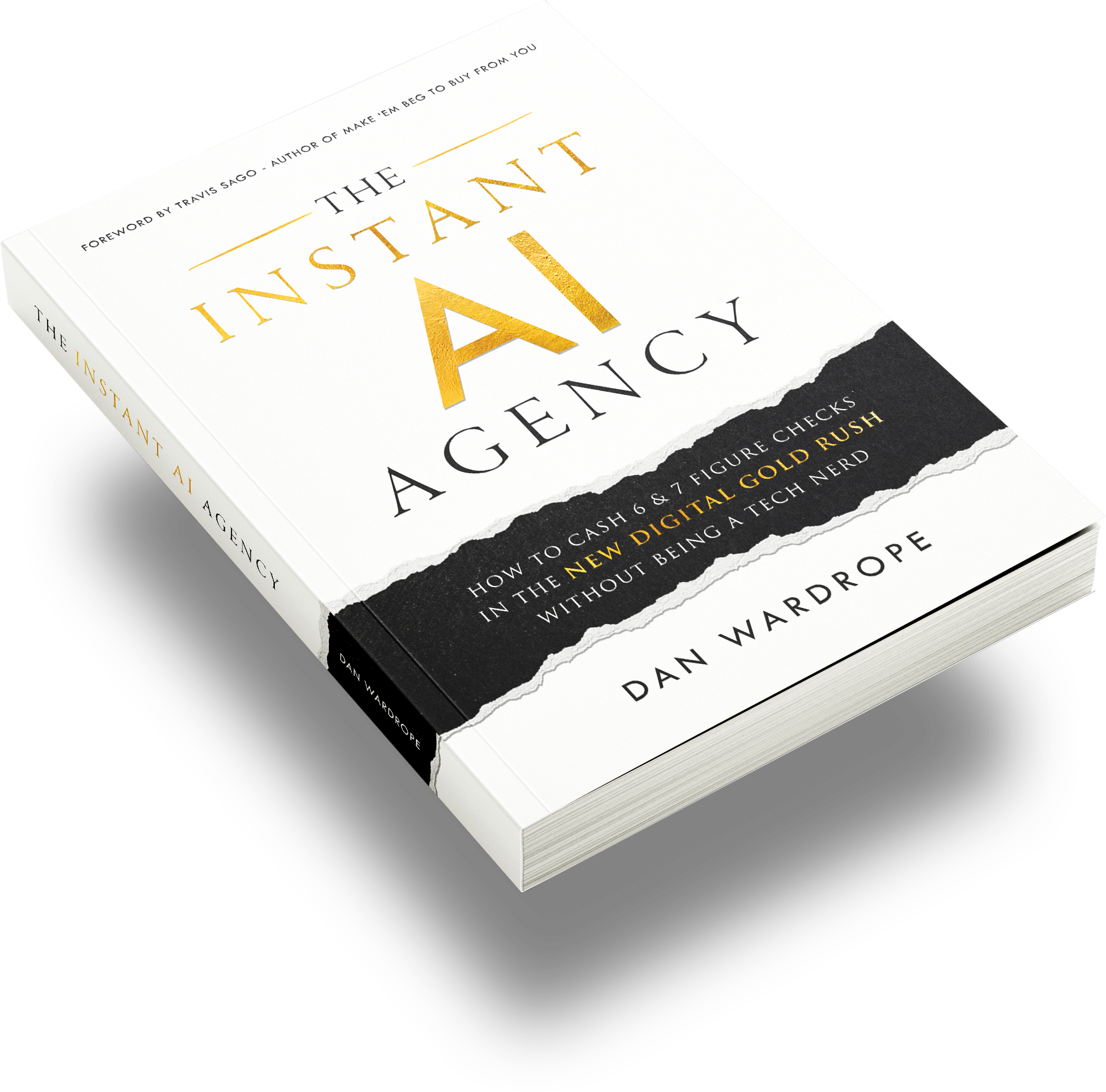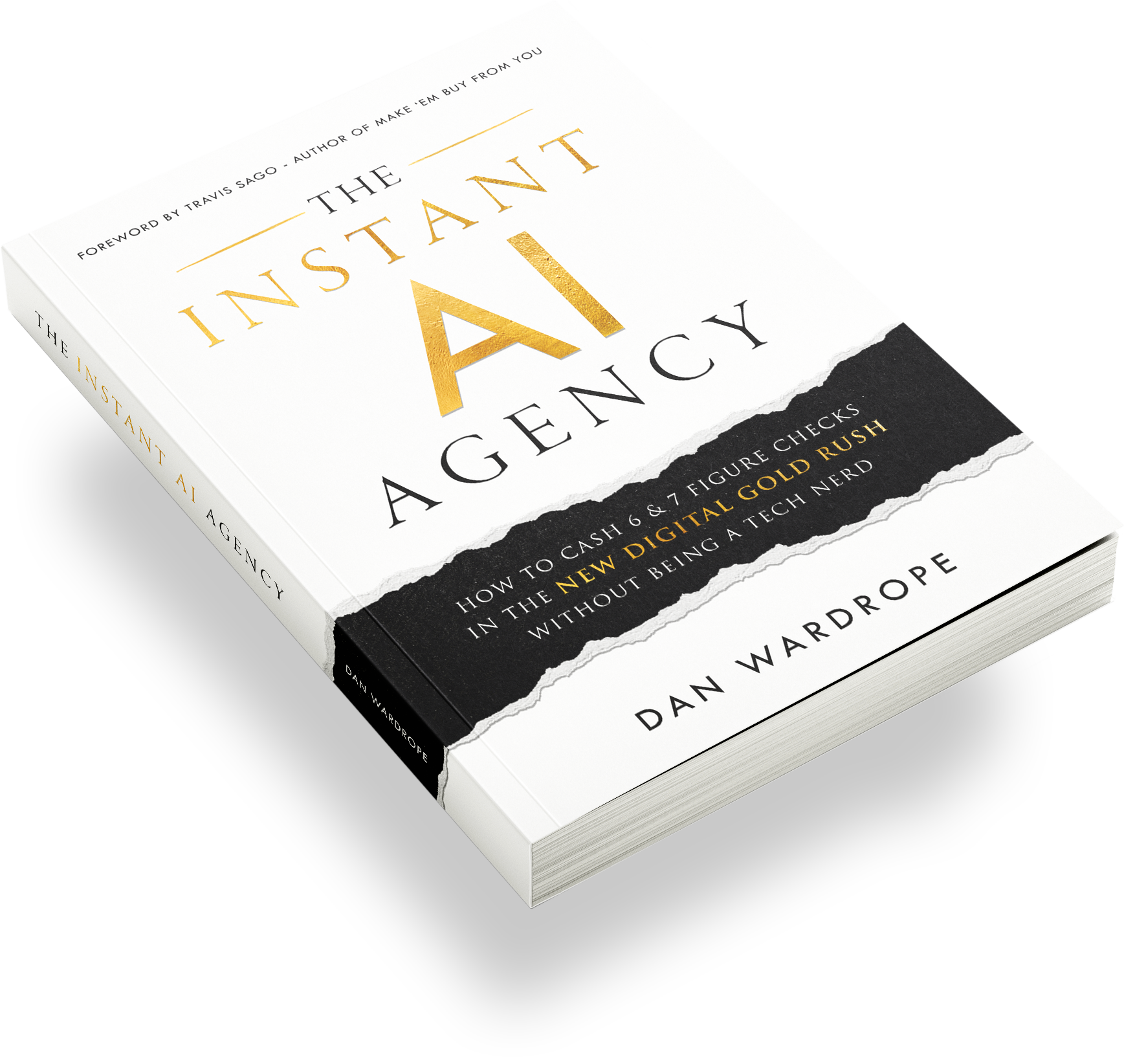Today’s post is all about the pros and cons of Twitter ads. Let’s go through them together to see if Twitter could be the right advertising platform for you.
But first…
Why You Should Never Depend On One Advertising Platform
This year has certainly thrown some curveballs my way – especially when it comes to Facebook.
I used to love Facebook as an advertising platform and, in many ways, I still do. Approximately 80% of my ROI comes from Facebook advertising.
That said, over the last six months (or more), Facebook has caused a lot of problems for a lot of marketers.
You’ll see in some of my earlier posts that I fiercely defend Facebook for lead generation.
And Flexx Digital have been ahead of the game. We correctly predicted when media buying had reached its end, and when creativity in Facebook advertising would be valued beyond anything else.
We stripped everything right back to the basics and put in tonnes of work trying to nail the secret desires, hopes, and fears of our target audiences.
For a long time, and even now, it worked. But we’ve had our fair share of Facebook disapproving our Facebook ads, culminating in some ad accounts being banned outright.
To the agencies who don’t work as hard on their Facebook advertising as we do, the worst seemed to be confirmed: Facebook advertising is dead or dying.
In truth, I still think that Facebook advertising has its place for marketers. Taken from a Mashable study, Facebook is still the most-used social media platform in 2019.
- 52% of internet users aged 12+ use Facebook the most
- 16% of users aged 12+ visit Instagram the most
- 13% use Snapchat the most
- 5% use Pinterest
- 5% use Twitter
Facebook still has 2.38 million active users, which makes up a helluva audience if you’re willing to bend over backwards for Facebook’s ad policies.
But the key thing we’ve learned this year is not to rely just on one advertising platform. Facebook is being a little trigger-happy with its banned ad accounts this year. In 2020, who knows? YouTube could be proving difficult, or Snapchat, or Twitter.
Don’t put all your eggs into one basket. Learn to use as many advertising platforms now, so you don’t come unstuck when you hit problems with your favourite platform down the road.
Ready To Stop Taking Orders From Bossy Clients and End The Nasty Texts, PM's & Emails Demanding You Do MORE Work For Less Money?
We help hundreds of growing lead generation agencies transition to a more effective business model, advertise on all platforms, land “whale” clients and scale without sacrificing time and money.
Twitter Ads Pro #1: Less Competition
If you look up “PPC advertising” online, you’ll notice there are hundreds of pages dedicated to Facebook, Google AdWords and even Bing.
Meanwhile, there’s next to nothing on Twitter unless you specify the platform in your search.
But that doesn’t mean Twitter is useless. As I said in the introduction, Twitter has a smaller user base than other advertising platforms, with 330 million active users. Out of that 330, 145 million are “monetizable”, meaning they’re able to see ads (Hootsuite).
Though that number may seem low, it comes with one huge benefit: many marketers decide not to bother when it comes to Twitter advertising.
I don’t need to tell you: this is a huge mistake.
An audience is still an audience, no matter how small. And, because of the low competition, Twitter impressions and clicks can cost pennies. Click prices are based on the auction, and it has everything to do with what people are willing to pay.
Some keywords on Google paid search can cost upwards of $200 per click (MediaPost). While this is nowhere near the average, Google AdWords, Facebook and the like are becoming saturated with ads.
The more competition on any platform, the more the platform is going to bump up the prices – that’s just common sense. While Twitter won’t always cost next to nothing, it’s worth testing ads in a few verticles to see if you can strike gold.
Twitter Ads Pro #2: You’re Advertising To A Different Audience
I don’t mean fresh faces, exactly. Twitter has different demographics to Facebook and Google, which can be very useful depending on the niches you work with.
According to Hootsuite, U.S.-based Twitter users are younger, have a higher education, and have a higher income in comparison to the rest of the population.
- The median age of U.S. Twitter users is 40, whereas the national population is 47
- 42% of U.S. Twitter users have a college degree, in comparison to the 31% of the national population
- 41% of U.S. Twitter users report an income above $75,000. Meanwhile, only 32% of the national population say the same.
Twitter users also feel that the platform outpaces every other in terms of media and culture.
Twitter is vital for people who want their “finger on the pulse”. This means celebrities, politicians, journalists, comedians, activists and the like. In turn, 71% of Americans on Twitter use it to read the news, while 42% are using it to discuss politics.
More educated and more money to spend? This is starting to sound like a marketer’s dream, depending on their vertical. People working in some financial sectors, for example, can expect more ad engagement simply because the audience has some money to spend.
Speaking of, Twitter users spend 26% more time looking at ads than other social media users.
There could be two reasons for this. Number 1, because less people are advertising on Twitter, logic dictates Twitter will show individual users fewer ads. People aren’t experiencing the same levels of “ad fatigue” that they get on Facebook and YouTube.
Number 2, Twitter calls itself the “#1 platform for discovery”. Twitter users may be more curious and engaged than users on other platforms.
Twitter Ads Pro #3: Interest And Handle Targeting
You can make your Twitter audience as broad or as narrow as you like. You can target audiences using keywords and common interests (Twitter offers 350 to choose from). Or, you can use your CRM list for laser-precise targeting.
Define audiences according to the following categories is also possible:
- Generation
- Geography
- Gender
- Devices (iPhone, Andriod, iPad, etc.)
- Language
- TV shows
- Consumer behaviours
- Event targeting
You can also do something called “handle targeting” or “follower look-alikes targeting”. This is pretty cool.
Follower look-alikes targeting allows you to target people with similar interests to an account’s followers.
For example, say you were advertising services for debt consolidation. Martin Lewis from moneysavingexpert.com has a vast Twitter following when it comes to money-saving tips. With Twitter’s “follower look-alikes targeting”, you can target people who follow him and people who are similar to his followers.
If you’re running a money-saving offer, whitepaper or service, that kind of targeting can be incredibly powerful.
Here are Twitter’s official instructions for making a “follower look-alikes target” campaign:
- Navigate to the “Targeting” section of your campaign setup form
- Click “All” to expand the targeting options
- Select “Follower look-alikes”.
- Type in the username (@handle) of a Twitter account. You’ll be shown an estimate of the users who are similar to followers of that account. Keep in mind that these numbers do not take into account geolocation, gender, age, or device targeting.
- Find the username you’d like to target and click “Add”.
- Confirm you’ve added follower look-alikes targeting by seeing the @handle show in green
We determine users similar to those who follow accounts based on a variety of signals, including what they Retweet, click on, Tweet, and more. Learn more on privacy.
#ProTips:
- Aim to target around 30 usernames per campaign to ensure that you’re reaching a broad enough audience.
- Target the usernames that are most closely tied to your business. While very famous individuals or companies may have millions of followers, those millions are not necessarily aligned around a topic that’s relevant to your business.
- Focus on segmentation. Segmenting campaigns helps you to identify what’s working best. Get better results by monitoring your campaign dashboard closely. For instance:
– When targeting usernames, we recommend that you do not add interest targeting into the same campaigns. Instead, you can run a separate campaign with broad interest targeting.
-Segment your username campaigns by category (for example, try running one campaign targeted to the usernames of your competitors, and another targeted to the usernames of industry media).
Twitter Ads Pro #4: Twitter Is Much More Linear Than Facebook
If you’ve got any experience running Facebook ads, you’ll know what I mean when I say that some days go brilliantly and other days… not so much.
There’s no rhyme or reason for it. The days when things are going brilliantly, you decide not to change a thing. The next day, for whatever reason, everything seems to drop off a cliff. Then the next day, the campaign is going well again. The day after, and the day after that, more mediocre performances.
This does my head in.
Twitter is a lot more stable. With Twitter, if you bid a dollar a click and you get leads for $17, that performance will stay the same the next day. There won’t be the ups and downs you get on Facebook.
This may seem like a “wishy-washy” reason to list as a pro, but anything that saves my sanity day-to-day is fine by me.
Twitter Ads Pro #5: Twitter Users Are More Open To Reading Detailed Content
(Even though there’s famously a character limit on Twitter!)
As I mentioned before, Twitter users have a higher education, more money and spend longer looking at ads in comparison to the rest of the online population on other platforms.
As 71% of Twitter users go on the platform to read the news, you’ll find them more receptive to clicking links that take them off the social media site.
We’ve found that ad to advertorial funnels work brilliantly on Twitter, as they’re more receptive to reading long-form content.
This means you can also try out some headlines that are curiosity-driven or, as Facebook would put it, clickbaity. Such headlines drive people to make that click onto another site, without feeling resentful that they’ve left the social media platform.
Plus, an advertorial with a “newsworthy” story or super-useful content is more likely to be seen as a “reward” to the curious or the highly-educated.
Shall we move onto the cons?
Twitter Ads Con #1: Poor Conversion Tracking
If you’re used to Facebook or AdWords, you’re going to be disappointed by Twitter’s conversion tracking.
Daily report pulling is unheard of on Twitter, and that can send data-hounds mad.
We’ve found that we’ll see approximately one in ten leads we generate on Twitter. So, if you’re spending money and not seeing the return you expect, don’t panic or switch off any ads. Chances are, your ads are doing much better than Twitter’s letting on.
If the thought of losing track of your leads drives you crazy, you’ll be best off keeping your own daily reports. You can set up tracking on a third-party site, such as Google Analytics. Keep track of metrics such as spend, followers, clicks, leads, cost per engagement and cost per lead.
Twitter Ads Con #2: It Spends Too Fast
Twitter can spend way too fast sometimes. If you bid too high on your cost per clicks, your $500 budget can get spent in half an hour, if you’re not keeping a close watch.
This has happened to us in the past, and it’s been an unpleasant surprise. Start low with your bids then gradually edge up once you start getting traffic.
Twitter Ads Con #3: It’s Not User-Friendly
Facebook made considerable efforts to become user-friendly, quickly followed by Google AdWords when they feared the competition.
Twitter’s user interface is notoriously hard to navigate, and it may take you a few days (or weeks) until you’re used to it. Hopefully, it’s something that will improve in the future but, for now, keep that in mind.
Twitter Ads Con #4: It Takes Two Weeks To Set Up An Ad Account
I’m not going to write too much about this now, as we’ll be releasing more Twitter-based content in the new year, but it takes two weeks to get an ad account approved on Twitter.
This can be very annoying if your ad account gets banned due to scoring too low on Twitter’s quality score.
Twitter can and will assign your ad account a “Twitter Score”. This works in a similar way to the AdWords Quality Score and Facebook’s ad relevance diagnostics.
However, unlike on Facebook, Twitter won’t show you what your quality score is. Twitter has one priority only – and it isn’t its marketers. It’s making its users’ experience as pleasing as possible.
If users like posts on Twitter – as in, they find them entertaining or useful – they will show their appreciation through Favourites, Likes, comments and clicks.
The same rules apply for paid ads. If the ads on Twitter suck – and most of them do, let’s face it – then users will react to them with rude or negative comments. Twitter takes this as the advert harming the average user experience.
To encourage businesses to create ads that are actually a hit with their audience, Twitter introduced the quality score. The premise is super-simple: the more engagements your ads get, the less you pay. The less engagement your ads get, the more you pay.
Got too many negative comments on an ad? Delete it immediately. Twitter is a fast-paced advertising platform, so you don’t get the luxury of spending a few days to see if things get better.
If your Twitter handle gets a too negative score, Twitter will stop showing your ads.
I highly recommend that you set up several “reserve” ad accounts on Twitter in case this ever happens to you. That way, you can hop right back on the horse, without having to wait around for a fortnight.
Twitter Ads Con #5: It’s Difficult To Get The Right Support
Facebook is terrible for support. They’ll ban your ad or even your ad account, then they won’t tell you why when you ask. Twitter is in the same vein. I can’t really say any more than that.
Over the next few weeks, we’ll be creating more Twitter-based posts. If you’re eager to get stuck in, our paid programme tells you how to set up a Twitter ad account, create a campaign, and maintain and scale for maximum lead generation.
If you think this programme would interest you, you can start by exploring our free case study.
This case study talks about the Pay Per Lead model and how we set up a lead generation agency using that premise. I also talk about how I:
- Severed ties with retainer contracts once and for all
- Moved away from local businesses
- Started working with national B2C companies
- Land high-ticket clients
- Found the verticals we work in
- Consistently generate leads of the highest quality using platforms such as Google AdWords, Facebook, YouTube and Twitter
If you want to find out more, click below to watch the case study now:

